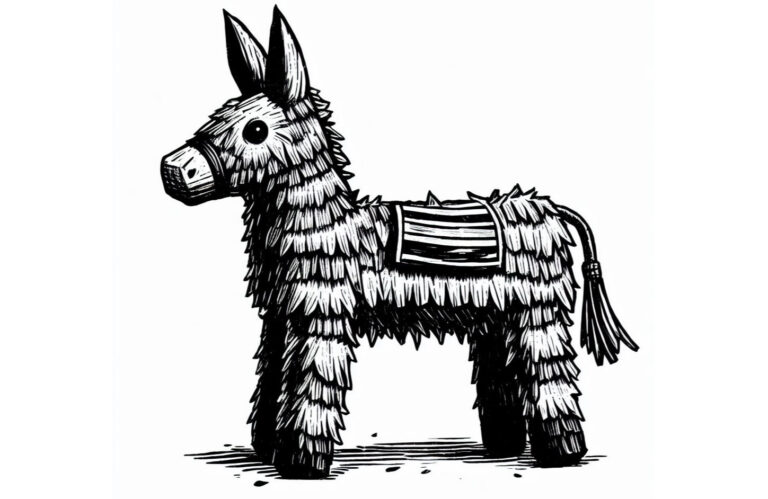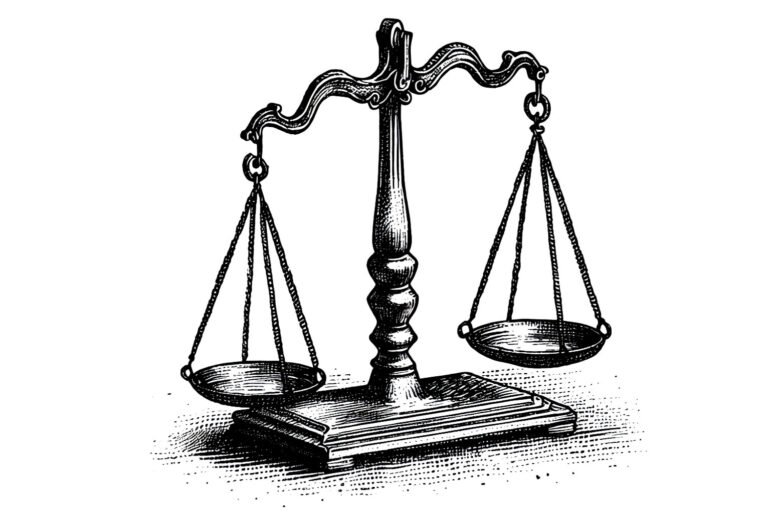Cinco de Mayo is a wonderful opportunity to introduce your students to Mexican culture and history. In this article, we’ve compiled a list of engaging activities that cater to various grade levels and subjects, providing teachers with a wealth of options for their classrooms. Let’s dive in!
The History of Cinco de Mayo and Its Difference with Independence Day
Before diving into the activities, it’s essential to understand the history of Cinco de Mayo and how it differs from Mexico’s Independence Day. In a nutshell, Cinco de Mayo commemorates the Mexican army’s victory over the French at the Battle of Puebla on May 5, 1862, while Mexico’s Independence Day celebrates its independence from Spain on September 16, 1810. For a more in-depth explanation, check out this informative website that details the history and significance of Cinco de Mayo.
Exploring Mexican Art and Crafts
- Kindergarten: Create colorful tissue paper flowers, a popular Mexican craft, with this simple tutorial.
- Grades 1-2: Study the works of famous Mexican artists like Frida Kahlo and Diego Rivera, and have students create self-portraits inspired by their styles.
- Grades 3-Middle School: Dive into Mexican traditional arts like pottery and weaving, and explore the history and significance behind them.
Spanish Language Activities: Books and Games
- Kindergarten: Read bilingual picture books like “Off We Go to Mexico” by Laurie Krebs to learn Mexican culture and basic Spanish vocabulary.
- Grades 1-2: Play games like Mexican Lotería, a traditional Mexican bingo game, to learn vocabulary related to Mexican culture.
- Grades 3-Middle School: Use this website to find age-appropriate books that teach Mexican culture and Spanish language skills.
Celebrating with Mexican Music and Dance
- Kindergarten: Watch this video of the Mexican Hat Dance, a traditional folk dance, and have students try it out in the classroom.
- Grades 1-2: Listen to famous Mexican songs like “La Bamba” and “Cielito Lindo,” and discuss their cultural significance.
- Grades 3-Middle School: Explore traditional Mexican dances like the Jarabe Tapatío and learn about their origins and meanings.
Gastronomy: Mexican Recipes for Kids
For a taste of Mexican cuisine, visit this website for kid-friendly recipes like tacos, quesadillas, and guacamole.
Geography: Mapping Mexico
- Kindergarten: Use this link to print a map of Mexico for students to color.
- Grades 1-2: Discuss Mexico’s diverse geography, from its deserts and mountains to its rainforests and beaches.
- Grades 3-Middle School: Create a Mexican-themed geography scavenger hunt using maps and information about Mexican landmarks.
Exploring Daily Life in Mexico
- Kindergarten: Watch this animated video about the daily life of a Mexican family, and discuss the similarities and differences with the students’ own lives.
- Grades 1-2: Show clips from movies like “Coco” and “The Book of Life” to provide glimpses into Mexican culture and traditions.
- Grades 3-Middle School: Explore this video series that showcases the daily lives of Mexican families, focusing on cultural differences and similarities with the United States.
Integrating Cinco de Mayo into English and Math Curriculum
- English Activities:
- Kindergarten: Read a story about Cinco de Mayo, such as “Cinco de Mouse-O!” by Judy Cox, and ask students to discuss the characters and events.
- Grades 1-2: Write a short paragraph about a personal challenge they have faced, relating it to the true spirit of Cinco de Mayo.
- Grades 3-Middle School: Research and write a brief report on a Mexican historical figure or event related to Cinco de Mayo.
- Math Activities:
- Kindergarten: Practice counting using this Cinco de Mayo-themed counting worksheet.
- Grades 1-2: Create a symmetry activity by drawing Mexican icons like maracas or sombreros and having students complete the other half.
- Grades 3-Middle School: Solve a math mystery picture featuring a famous figure like Frida Kahlo by correctly answering math problems.
We hope these Cinco de Mayo activities inspire you to bring the excitement of this cultural celebration into your classroom or family. Remember, the key is to make learning engaging and fun while teaching students about the rich heritage of Mexico.
Happy Cinco de Mayo!





